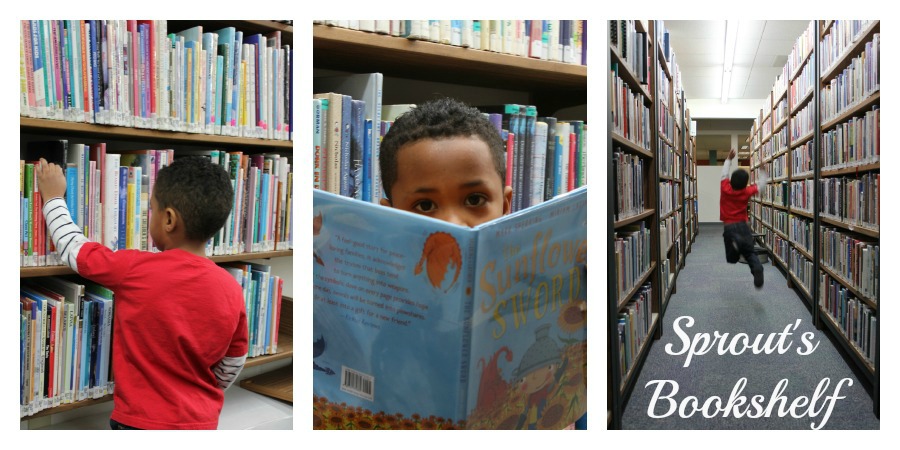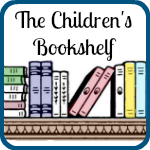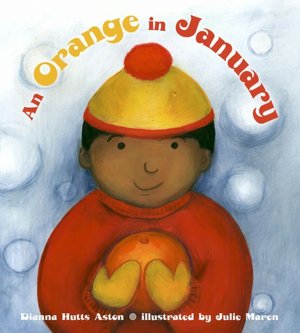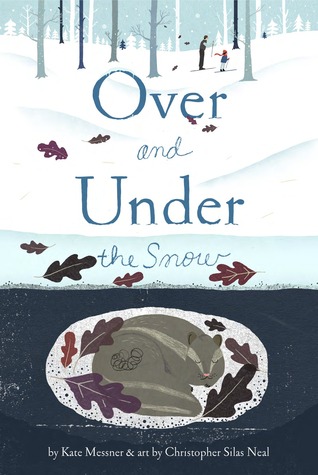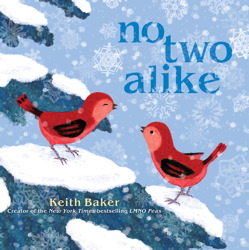But my kid's another story. Sprout loves him some craft time. And when he started at preschool and began bringing home fantastic art projects one a regular basis, I knew we needed to step up the creativity around Casa de Kinser.
So what's a craft-challenged mama to do? Just so happens that I found the perfect answer for our situation in the form of one little green box. Kiwi Crate is a arts-and-crafts subscription service designed for kids ages 3-7 that is really beyond all my expectations. Really.
Here's the scoop: you sign your kiddo up, and every month a box of awesome arrives on your doorstep. It's tempting right from the get-go. You'll have to just let the dishes pile up and jump right into the fun.
Then you open it up and see all kinds of wonderful stuff. (You might lose your mind a little.)
Each Kiwi Crate contains all the supplies needed for two craft projects, tied together with a theme.
And when I say all the supplies, I mean *everything*. Ours came with high-quality watercolors, scissors, and pastels - score!
Sprout didn't have any trouble deciding which project he wanted to tackle - penguin bowling. As in, decorate your penguins and then use them as bowling pins, naturally. Right down a preschooler's alley, har har har.
We all got into the decorating fun. The Kiwi Craters not only sent us multiple penguins to decorate, they also included plenty of stickers for the perfect amount of flair for each one.
Sprout loved doing the decorating and using his imagination. We cracked out our markers to put on some finishing touches and give each penguin his or her own persona.
Sprout didn't let Daddy sit on the sidelines - he had to put down the camera and "make your penguins Daddy!". Unlike some of the stuff daddies have to do, this activity was pretty darn entertaining.
You will be very proud of your creation. You'll want to show it off to your family, your friends, the blogosphere.
This is the chance for us non-creatives to tap into our undiscovered artistic side. In our case, each of our penguins got a back story and a very original name. Like the one with the Rasta hat who Sprout named "Food-Bacon" (which, in retrospect, is just weird enough to be a celebrity baby name - you heard it here first.)
So then we had to try out the bowling aspect. . . first we did a bit of warmup with tabletop bowling.
It took tremendous focus and concentration to get those penguins flying. You gotta get your head in the game -- be the ball.
After a few warmup rounds, we were ready to go pro. STRIKE!
Coming soon to ESPN-3 -- Full Body Penguin Bowling! This might just be the next big thing, people.
Seriously, though, this was a way cool activity for all of us. Sprout loved having a creative outlet on a rainy winter day. Daddy loved the silliness aspect of the theme. Mommy loved not having to spend an hour in the craft store gathering up a bunch of supplies we'd only use once. It was all in that crazy Kiwi Crate ready and waiting for us. And Sprout was over-the-moon excited to hear he'd be getting another fun crate next month (the suspense is killing us).
Naturally we had to read some books to go along with our penguin-themed afternoon. We found three terrific stories to read, all about penguins, of course, but also about what it means to be a friend. (And not just a bowling pin!)
Tacky the Penguin by Helen Lester - Tacky uses his unique talents to save the perfect penguins from danger, even though they've never quite appreciated him.
Little Penguin by Patrick Benson - Everybody's bigger than Pip, even the other penguins! But she soon discovers that even the big guys don't measure up to a very cool new friend.
Penguin and Pinecone by Salina Yoon - Penguin loves his friend Pinecone, enough to give him up when the two must part. But love doesn't go away so easily - instead it grows into something more.
And here's the best part - you too can get into the fun with your very own Penguin Bowling Set! The kind folks at Kiwi Crate have graciously provided us with a sample Crate to give away to one lucky winner. It comes complete with everything you need to bowl with penguins, plus a second activity of making postcards inspired by the Aurora Borealis. And there's other fun suggestions and surprises included also. You're going to love it!
(Photos provided by Jacob Kinser Photography. Prize provided by Kiwi Crate. Cuteness provided by Sprout.)
a Rafflecopter giveaway
